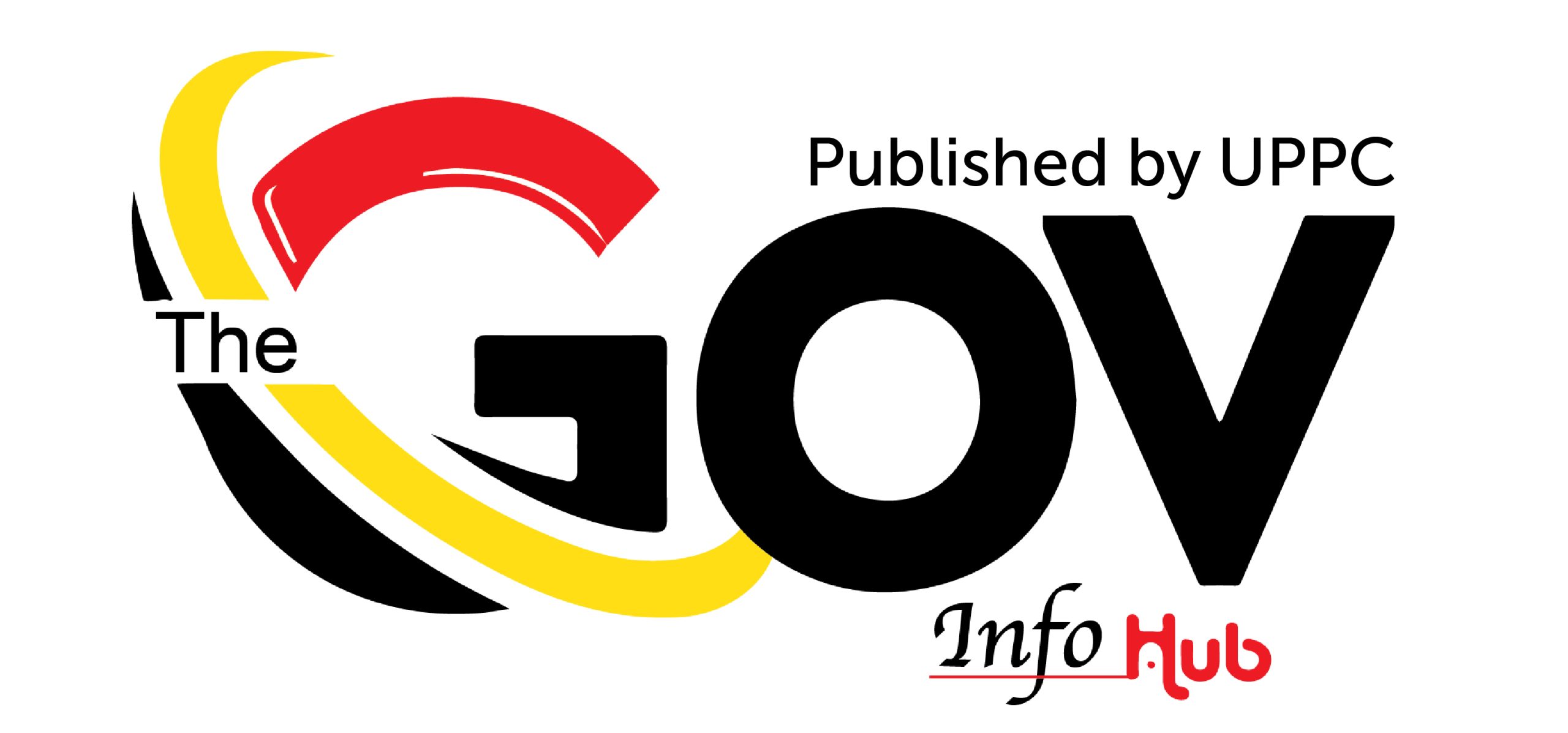By Fidel Boy Leon
For decades, infertility in Uganda carried a quiet but devastating burden, one often wrapped in stigma, silence, and sorrow. For many couples, hope lay just out of reach, blocked not by medical impossibility, but by the crushing costs of fertility treatment.
But today, the tide is turning and with it, a new chapter in Uganda’s healthcare equity story is being written.
At the Mulago Specialised Women’s and Neonatal Hospital, a healthy baby girl weighing 3.6 kilograms was born, the second successful birth from the hospital’s public IVF programme.
Her proud parents, Salim Malinga and Sayeed Rukusana, were joined by medical leaders and well-wishers as they celebrated more than just a new life. They marked a monumental shift in affordable, inclusive fertility care in Uganda.
Since launching in August 2024, Mulago’s IVF programme has emerged as the first public fertility service in Uganda, breaking a long-standing barrier that once confined IVF to private clinics and elite access.
The hospital has already confirmed 11 pregnancies, including its first successful delivery on May 31, 2025.
“The future of reproductive medicine is here, and it is bright, inclusive, and transformative for all Ugandans,” said Dr. Jane Ruth Aceng, Minister of Health.
The initiative is a key part of the Ministry’s broader mission to democratise advanced medical care, bringing life-changing procedures like IVF within reach for everyday Ugandans.
In Vitro Fertilisation (IVF) is a medical process where an egg is fertilised by sperm in a lab, then transferred into the woman’s uterus to create a pregnancy. It offers a path to parenthood for couples facing infertility caused by a wide range of conditions.
In Vitro Fertilisation (IVF) might sound complex, but its process is guided by a single goal: helping couples conceive when nature needs a little help. Here’s how it generally works.
The woman takes fertility drugs to stimulate the ovaries to produce several eggs instead of one. This increases the chances of success. Once the eggs mature, doctors perform a minor surgical procedure to collect them from the ovaries. The retrieved eggs are combined with sperm in a laboratory. If fertilisation occurs, the embryos begin to develop.
One or two of the healthiest embryos are carefully transferred into the woman’s uterus, where they may implant and grow into a pregnancy. After about two weeks, a blood test confirms whether the treatment was successful.
While some couples may require multiple cycles, the presence of an affordable public IVF programme means that hope is no longer a luxury few can afford.
Until recently, IVF in Uganda was an expensive dream. Private fertility clinics charge between UGX 25 million to 30 million per cycle, a cost far beyond the reach of most Ugandan households. Many couples endure years of emotional and financial strain without real options.
That’s what makes Mulago’s programme so transformative.
Although exact pricing hasn’t been publicly released, officials confirm the public IVF service is being offered at a fraction of the private-sector cost, made possible by government subsidies, public infrastructure and salaried fertility experts and clinical staff.
The success of Uganda’s public IVF programme is a bold health equity intervention. The hospital credits its achievements to a multidisciplinary team of fertility specialists, obstetricians, embryologists, and nurses working in close coordination with national policymakers.
With two successful births, rising pregnancy counts, and expanding capacity, Mulago’s IVF unit is becoming a symbol of what is possible when healthcare is designed with equity at its core.


